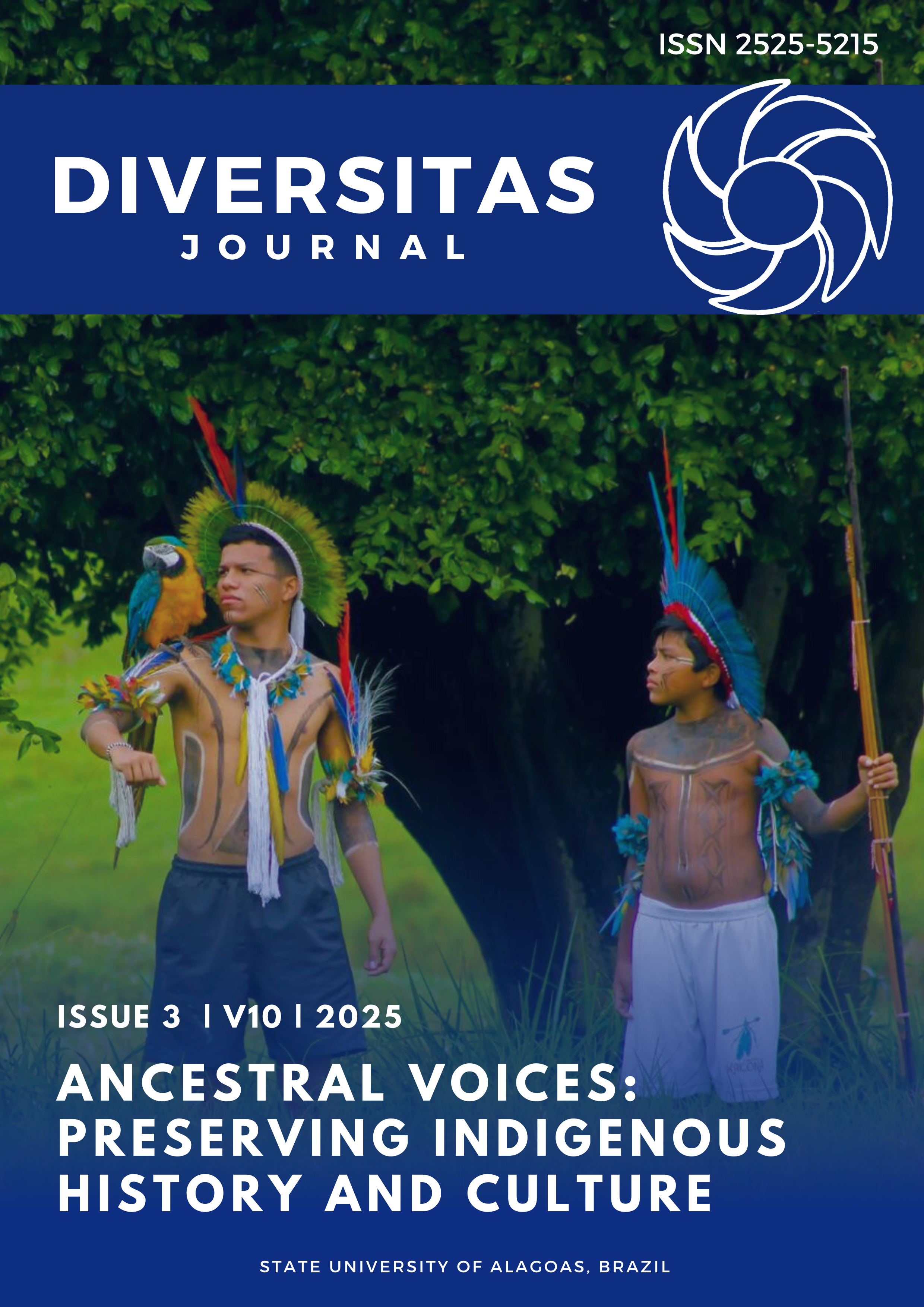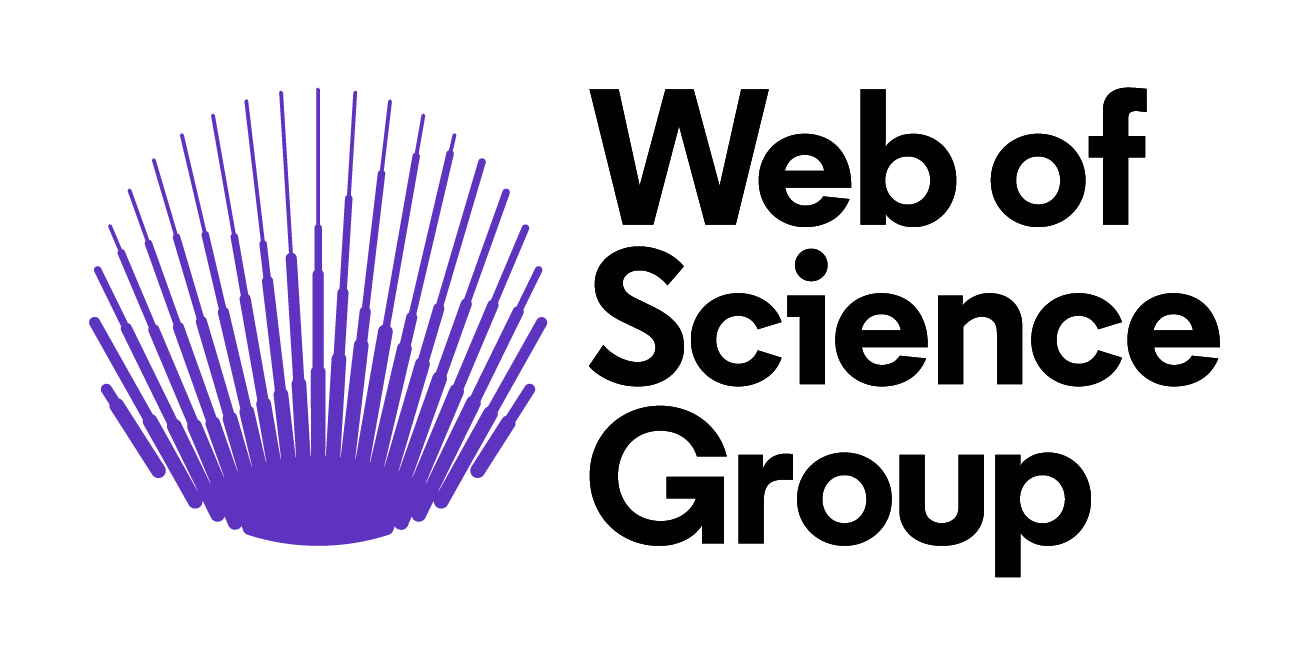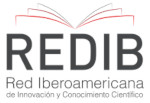Desentrañando el vínculo entre la ansiedad matemática y el rendimiento matemático de los alumnos de sexto grado
DOI:
https://doi.org/10.48017/dj.v10i3.3438Palabras clave:
performance academica, estratégias de ensino, programa de intervencion academicaResumen
Este estudio tuvo como objetivo evaluar la relevancia de la ansiedad matemática en relación con el rendimiento académico de 56 alumnos de sexto grado en DMMMSU-MLUC LES. Muchos estudiantes tienen dificultades en matemáticas debido a dificultades conceptuales y percepciones negativas, que aumentan la ansiedad, la inseguridad y el miedo al fracaso, lo que en última instancia dificulta el rendimiento académico. Estrategias de afrontamiento como desarrollar la autoconfianza, practicar la resolución de problemas y buscar apoyo son esenciales para controlar la ansiedad. Las intervenciones personalizadas como el aprendizaje colaborativo, las actividades prácticas y las estrategias cognitivas ayudan a fomentar la participación y reducir la ansiedad. Los sistemas de apoyo que involucran a maestros, padres y compañeros influyen aún más en la motivación y la resiliencia de los estudiantes. Se empleó un diseño de métodos mixtos, combinando encuestas cuantitativas y entrevistas cualitativas con 20 estudiantes seleccionados. Los registros académicos de los períodos de calificación 1.º y 2.º revelaron una ligera mejora en las calificaciones de matemáticas, de 87,96 a 88,88, con una media general de 88,42. La encuesta de ansiedad matemática arrojó una puntuación media de 3,30, lo que indica un nivel moderado de ansiedad. El análisis de correlación mostró una relación negativa moderada entre la ansiedad y el rendimiento (r = -0,58, p = 0,049), lo que sugiere que niveles más altos de ansiedad se asocian con un menor rendimiento académico. En respuesta a estos hallazgos, los investigadores desarrollaron un programa de intervención titulado Math3matics: Empower, Excel, Exceed. El programa incluye ejercicios para fortalecer la confianza, resolución guiada de problemas, colaboración entre pares y actividades interactivas. Promueve la instrucción guiada por el docente y enfoques de aprendizaje centrados en el estudiante para mejorar la competencia matemática, reducir la ansiedad y fomentar una mentalidad de crecimiento. Los resultados enfatizan la importancia de abordar los factores emocionales, instructivos y sociales para mejorar las experiencias y los resultados de los estudiantes en matemáticas.
Métricas
Citas
Aguhayon, H., Tingson, R., & Pentang, J. (2023). Addressing students' learning gaps in mathematics through differentiated instruction. International Journal of Educational Management and Development Studies, 4(1), 69–87. https://doi.org/10.53378/352967
Akkus, S., & Lynch, R. (2022, August 25). A comparative-correlational study of upper elementary and middle school students’ perceptions of parental influence and self-efficacy for learning mathematics with mathematics academic achievement at Pan-Asia International School, Bangkok, Thailand. Scholar Journal. http://www.assumptionjournal.au.edu/index.php/Scholar/article/view/5590
Ancheta, O. J., & Casem, R. Q. (2024). Navigating educational crossroads: An in-depth analysis of the Indigenous Peoples Education (IPED) program in Santol, La Union, Philippines. Diversitas Journal, 9(2). https://doi.org/10.48017/dj.v9i2.2998
Ancheta, O. J., & Ochoco, C. A. E. (2024). Enhancing language instruction: A study on MTB-MLE implementation in urban education. Diversitas Journal, 9(3). https://doi.org/10.48017/dj.v9i3.2996
Ancheta, O. O., Jr., & Ochoco, C. A. E. (2023). Mother tongue instruction in the laboratory elementary schools from the pupils’ viewpoint. Journal of Education and Teaching Technology, 14(6), Article 002. https://doi.org/10.47750/jett.2023.14.06.002
Asare, K. O., Agyei, D. D., & Osei, K. (2024). Examining the role of parental involvement and academic motivation on students’ mathematics performance. International Journal of Educational Research, 18, 100015. https://doi.org/10.1016/j.ijer.2024.100015
Candelaria, P. C. (2022). Peer tutoring on enhancement of mathematics performance of selected Grade 6 students at Gregorio Herradura Elementary School, Victoria, Laguna, Philippines. Preprint – Peer Tutoring. https://doi.org/10.21467/preprints.425
Department of Education. (2020). List of Department of Education COVID-19 memoranda. https://www.deped.gov.ph/wp-content/uploads/2020/10/20201029_Summary-ofDepEd-COVID-19-Memoranda_v17.pdf
DiStefano, C. (2024). The impact of parent-child interactions on children's math anxiety [Unpublished master's thesis]. University of Ottawa.
Dodongan, E. B. (2022). Math anxiety, learning engagement, and perceived usefulness of technology as predictors of mathematics performance of students. International Journal of Trends in Mathematics Education Research, 5(1), 12–18. https://doi.org/10.33122/ijtmer.v5i1.104
Fowler, F. J. (2018). Survey research methods (5th ed.). SAGE Publications. https://www.researchgate.net/publication/324417651_Survey_Research_Methods_5th_edition
Gilreath, T., & Gilreath, C. (2023). The impact of early childhood educators’ math anxiety on the learning environment: A qualitative study [Unpublished master's thesis]. University of Texas at Austin.
Groves, R. M., & Lyberg, L. (2010). Total survey error: Past, present, and future. Public Opinion Quarterly, 74(5), 849–879. https://doi.org/10.1093/poq/nfq065
Gyeltshen, G., & Dorji, C. (2023). The effectiveness of using YouTube videos in mathematics instruction [Unpublished manuscript]. Royal University of Bhutan.
Hossein-Mohand, M. H., & Hossein-Mohand, M. (2023). Motivation and its impact on students’ attitudes and performance in mathematics [Unpublished master's thesis]. Islamic Azad University.
James, E. (2022, April 8). What is correlation analysis? A definition and explanation. FLEX MR. https://blog.flexmr.net/correlation-analysis-definition-exploration
Kaminski, J. (2024). Breaking down complex math problems into smaller steps: A strategy for improving comprehension and problem-solving skills [Unpublished thesis]. University of Wisconsin–Madison.
King, N. (2004). Using templates in the thematic analysis of text. In C. Cassell & G. Symon (Eds.), Essential guide to qualitative methods in organizational research (pp. 257–270). Sage.
Koehler, M. (2023). Teaching students to solve word problems by developing their conceptual understanding and critical thinking skills [Unpublished thesis]. University of Oregon.
Lance, M., R. D., & B. D. (2024). The impact of peer interactions on students’ motivation in learning mathematics [Unpublished thesis]. University of California, Berkeley.
Li, H., Wang, J., & Zhang, L. (2024). The impact of parental educational expectations on children’s mathematics achievement: A longitudinal study. Peking University.
Liu, Y. (2023). The effect of peer relationships on academic performance in high school students [Unpublished undergraduate thesis]. Tsinghua University.
Mahato, R. C., & Sen, S. (2021). Academic stress, self-efficacy, and anxiety: A study on mathematics of higher secondary level students in Purulia District of West Bengal, India. International Journal of Creative Research Thoughts, 9(6), 1537–1546. https://ijcrt.org/papers/IJCRT2105323.pdf
Mangarin, V. L. V., & Caballes, F. C. (2024). Mathematics learning challenges: Conceptual difficulties and cognitive barriers [Unpublished study]. University of the Philippines, Diliman.
Moore, I., & Merlo, J. (2024). A step-by-step approach to teaching complex math problems [Unpublished paper]. University of Chicago.
Moore, J. (2023). The importance of clear and structured instructions in mathematics education [Unpublished paper]. University of California, Irvine.
Mrlaiche, N. (2025). Fractions, decimals, ratios, and geometry: A common source of difficulty for students [Unpublished master's thesis]. University of Maryland.
Murch, H. E. (n.d.). Mindfulness to reduce math anxiety and improve math performance [Master's thesis, Liberty University]. Scholars Crossing. https://digitalcommons.liberty.edu/masters/1053/
Ng, C., Chen, Y., Wu, C., & Chang, T. (2022). Evaluation of math anxiety and its remediation through a digital training program in mathematics for first and second graders. Brain and Behavior, 12(5). https://doi.org/10.1002/brb3.2557
Omar, S. H., Syed Aris, S. R., & Sian Hoon, T. (2022). Mathematics anxiety and its relationship with mathematics achievement among secondary school students. Asian Journal of University Education, 18(4), 863–878. https://doi.org/10.24191/ajue.v18i4.19992
Organisation for Economic Co-operation and Development. (2023, December 5). PISA 2022 results (Volume II). https://www.oecd.org/en/publications/pisa-2022-results-volume-ii_a97db61c-en.html
Riaddin, A. (2022). The effects of instructional videos on students’ mathematical problem-solving abilities: A meta-analysis [Unpublished doctoral dissertation]. University of Jordan.
Tang, Y., & Tran, H. (2023). The effects of parental involvement and expectations on students’ mathematics achievement [Unpublished study]. University of California, Berkeley.
Thornberg, R., Forsberg, C., Hammar Chiriac, E., & Bjereld, Y. (2020). Teacher–student relationship quality and student engagement: A sequential explanatory mixed-methods study. Research Papers in Education, 37(6), 840–859. https://doi.org/10.1080/02671522.2020.1864772
Utami, R. (2022). The effects of two practice methods, game-based learning and pictorial flashcards, on multiplication fact fluency among fourth-grade students: A mixed-methods study [Master’s thesis, Universitas Pendidikan Indonesia].
Worley, T., Smith, J., & Jones, S. (2023). Longitudinal associations between peer support, academic competence, and anxiety among U.S. college students: A mixed-methods study [Unpublished research paper]. University of Florida.
Wu, Y., & Cai, J. (2023). Peer influence, gendered beliefs about math ability, and students’ academic performance in mathematics: A quantitative study. University of California, Los Angeles.
Xu, J., Zhang, H., & Wang, X. (2024). Active recall-based strategies for improving academic performance and self-efficacy among higher education students: A systematic review. Nanjing University.
Xu, L., Li, Z., & Zhao, H. (2022). The impact of parental academic expectations on students’ academic achievements: A meta-analysis. Tsinghua University.
Xu, Y., Zhao, J., & Zhang, Y. (2023). Collaborative problem-solving: An effective teaching approach for promoting students’ critical thinking. Peking University.
Yang, Y., Li, X., & Zhang, W. (2021). The role of teacher emotional support in influencing students’ math performance: A structural equation modeling approach. Beijing Normal University.
Yu, X., Zhou, H., Sheng, P., Ren, B., Wang, Y., Wang, H., & Zhou, X. (2023). Math anxiety is more closely associated with math performance in female students than in male students. Current Psychology, 43(2), 1381–1394. https://doi.org/10.1007/s12144-023-04349-y
Zheng, B., Chang, C., Lin, C., & Zhang, Y. (2020). Self-efficacy, academic motivation, and self-regulation: How do they predict academic achievement for medical students? Medical Science Educator, 31(1), 125–130. https://doi.org/10.1007/s40670-020-01143-4
Descargas
Publicado
Cómo citar
Número
Sección
Licencia
Derechos de autor 2025 Edmalyn Galano, Patricia Mae Calica, Jae Anne Nisperos, Helen Marie Zaragoza, Lailanie Soriano, Oscar Jr. Ancheta

Esta obra está bajo una licencia internacional Creative Commons Atribución 4.0.
O periodico Diversitas Journal expressa que os artigos são de unica responsabilidade dos Autores, conhecedores da legislação Brasileira e internacional. Os artigos são revisados pelos pares e devem ter o cuidado de avisar da possível incidencia de plagiarismo. Contudo o plagio é uma ação incontestavel dos autores. A Diversitas Journal não publicará artigos com indicios de Plagiarismos. Artigos com plagios serão tratados em conformidade com os procedimentos de plagiarismo COPE.
A violação dos direitos autorais constitui crime, previsto no artigo 184, do Código Penal Brasileiro:
“Art. 184 Violar direitos de autor e os que lhe são conexos: Pena – detenção, de 3 (três) meses a 1 (um) ano, ou multa. § 1o Se a violação consistir em reprodução total ou parcial, com intuito de lucro direto ou indireto, por qualquer meio ou processo, de obra intelectual, interpretação, execução ou fonograma, sem autorização expressa do autor, do artista intérprete ou executante, do produtor, conforme o caso, ou de quem os represente: Pena – reclusão, de 2 (dois) a 4 (quatro) anos, e multa.”


















